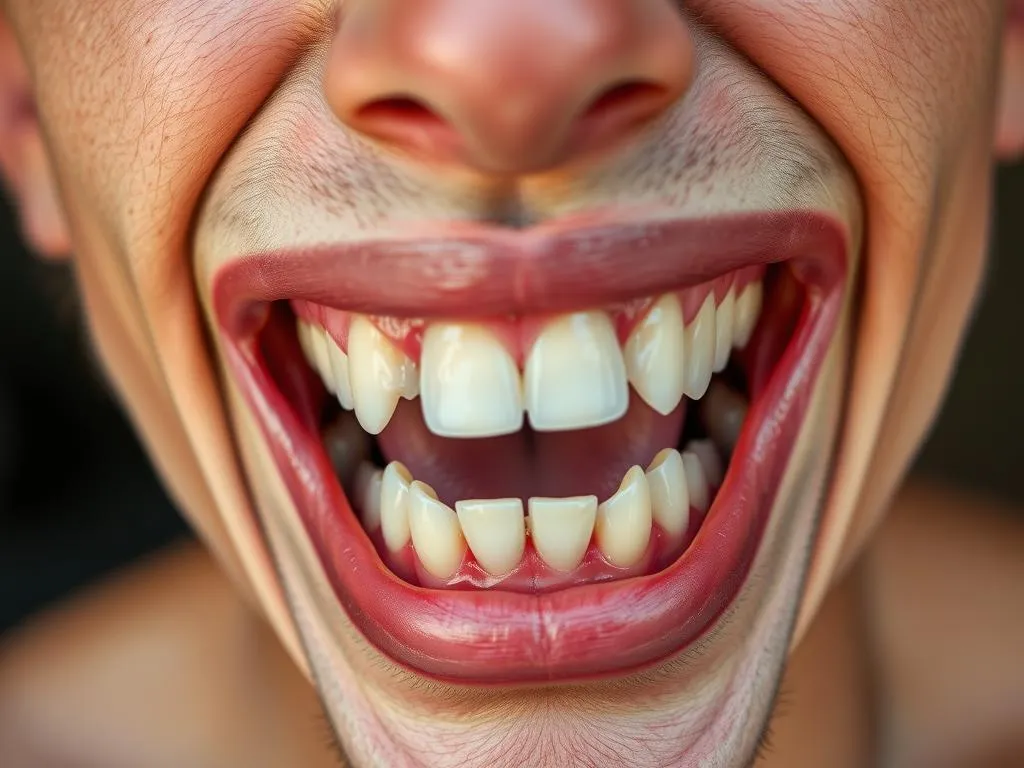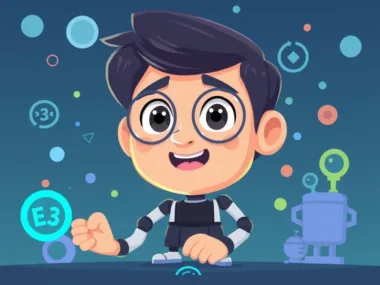Discover the ins and outs of buck teeth: their causes, treatments, and myths. Learn how they affect your smile and find effective solutions to achieve a confident grin—whether you’re an adult or a child!
Understanding Buck Teeth: Causes, Treatments, and Myths
Buck teeth—a term that might bring to mind cartoon characters or playful nicknames—describe a dental condition where the upper front teeth stick out noticeably over the lower ones. Known in dental circles as an overjet, this feature can influence both how you look and how your mouth works. Whether you’re curious about why they happen, how they can be fixed, or what myths float around about them, this article has you covered with fresh insights and practical info. Let’s dive into the world of buck teeth and uncover what makes them tick!
What Are Buck Teeth, Anyway?
Buck teeth refer to a situation where the upper front teeth protrude forward, often leaving a gap between them and the lower teeth when the mouth closes. Picture a rabbit’s smile, and you’ve got the gist! Dentists call this an overjet, and it’s more than just a quirky trait—it’s a misalignment that can range from mild to pronounced. For some, it’s a cosmetic quirk; for others, it’s a functional challenge. Either way, buck teeth are common and totally manageable with today’s dental know-how.
Why Do Buck Teeth Happen?
So, what causes those front teeth to take center stage? Here’s the breakdown:
- It’s in the Genes: If your family tree includes buck teeth, you might inherit the trait. Jaw size, tooth spacing, and even the shape of your mouth can be passed down, setting the stage for an overjet.
- Kid Habits: Ever notice a toddler sucking their thumb or clinging to a pacifier? These habits, if they stick around too long, can nudge the upper teeth outward. Tongue-thrusting (pushing the tongue against the teeth) can do the same trick.
- Jaw Drama: Sometimes, the jaw itself is the culprit. A petite lower jaw or an oversized upper one can throw off the balance, making the top teeth pop out.
- Tooth Trouble: Missing teeth, extra teeth, or crowded ones can mess with alignment, pushing those front chompers forward.
Do Buck Teeth Affect More Than Your Smile?
You bet they can! While they’re often seen as a style statement (intentional or not), buck teeth can stir up some practical issues:
- Chewing Woes: Misaligned teeth might make biting into an apple or chewing steak a bit of a puzzle.
- Speech Hiccups: Ever heard a slight lisp? An overjet can tweak how you say certain words.
- Tooth Trauma: Protruding teeth are like little daredevils—more likely to get chipped or knocked in an accident.
- Wear and Tear: Uneven pressure can wear down teeth or irritate gums, upping the odds of dental trouble down the road.
Fixing Buck Teeth: What’s on the Table?
Good news: buck teeth don’t have to stick around forever. Here are the top fixes, each with its own vibe:
- Braces: The classic go-to. Metal or ceramic braces gently shift teeth into place over months or years. They’re super effective but require some patience (and maybe a few wax squares for comfort).
- Clear Aligners: Think Invisalign—sleek, removable trays that straighten teeth on the down-low. Great for milder cases, though they need discipline to wear them enough.
- Retainers: Often used for kids, these gadgets guide teeth as the jaw grows. They’re like training wheels for your smile.
- Surgery: For big-time jaw mismatches, orthognathic surgery can reshape things. It’s the heavy hitter—rare, but a game-changer when needed.
Each option has upsides and downsides. Braces tackle almost anything but aren’t subtle. Aligners blend in but aren’t for every case. Surgery’s permanent but invasive. Chat with a pro to find your fit!
Busting Buck Teeth Myths
Let’s clear the air on some tall tales about buck teeth:
- “They Mean You Skip Brushing”: Nope! Buck teeth often stem from genes or habits—not a lazy toothbrush routine.
- “Only Kids Can Fix Them”: Wrong again. Adults can (and do!) get treatments all the time. Age doesn’t lock your smile in place.
- “They’ll Fix Themselves”: Wishful thinking! Without help, buck teeth usually stay put or get trickier as you grow.
Tips for Dealing with Buck Teeth
Got buck teeth on your mind? Here’s how to handle them:
- See an Orthodontist: Get the scoop from an expert. They’ll map out what’s possible for you or your kid.
- Keep It Clean: Brush, floss, and visit the dentist regularly—especially if you’re in treatment. Healthy teeth move better!
- Act Early (for Kids): Catching it young can simplify fixes, using growth to your advantage.
- Budget Smart: Treatments can cost a chunk, but many offices offer plans to spread it out.
Wrapping It Up
Buck teeth might catch your eye, but they’re far from a dead-end dental dilemma. From genetics to thumb-sucking, the causes are clear—and so are the solutions, whether you’re eyeing braces, aligners, or beyond. Don’t let myths trip you up; this is a condition you can tackle at any age with the right moves. So, if buck teeth are on your radar, take heart: a confident, comfy smile is totally within reach. Pop by an orthodontist, keep those teeth sparkling, and own your grin—buck or no buck!













Leave a Reply